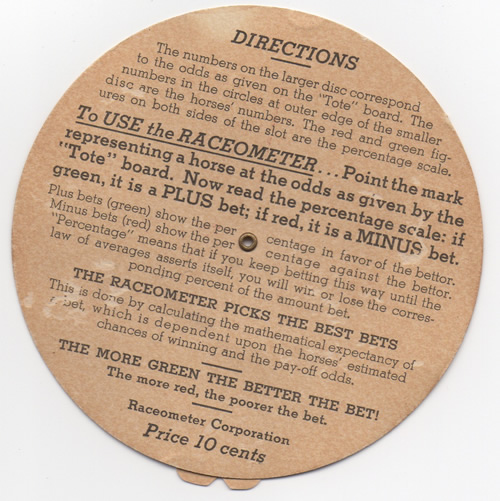Horseplayers
Santa Anita meet’s closed on Sunday and its numbers don’t tell a happy story*. David Milch’s racetrack drama probably won’t either, but the “Luck” preview released by HBO on Monday generates a good kind of excitement:
“As a setting for storytelling, you couldn’t ask for anything more,†said Milch.
The horses used in filming “Luck” were some of the first to test the restored dirt track at Santa Anita last December, the same surface on which 19 horses were fatally injured during the meet. With an additional fatality on the training track and six on the turf course, the total number of fatalities came to 26 (as estimated here). Santa Anita is funding a safety study: “We hope that data will be important to us and something that we can apply.” That is to be hoped! It was a real pleasure to watch Santa Anita for three years and rarely worry about seeing a horse go down. After this meet, I can’t say that — and I’m not alone.
How’s this for ugly? Fatality numbers were almost all that was up at Santa Anita. While attendance held steady, handle declined. The track announced a 9% decrease in average daily handle, but the raw CHRIMS data, available through CalRacing, showed a 20.7% decline in gross handle over the previous year, from $589 million (PDF) to $467 million (PDF). Adjusting for eight fewer days, and a decline of 9.7% in the number of races carded, the Blood-Horse found average daily handle was down 11.6%. Pull the Pocket has an interesting theory on why Blood-Horse, which originally reported the 9% decline straight, revisited the handle numbers so thoroughly and quickly.
As long as I’m linking bad news, here’s more: The national HBPA officially opposes the proposed RCI ban on raceday medications. Apparently, a five-year phase-out isn’t long enough. “Blah. Blah. Blah,” says Ray Paulick. Exactly.
*Not a happy story, unless you’re a horseman or owner, in which case, hooray! Total purses were up 5.1% for the Santa Anita meet.
Bill Christine’s search for a Kelco put me in mind of my favorite piece of handicapping ephemera, a volvelle for assessing value called the Raceometer:

“The more green the better the bet!” Handy, but at 10 cents a race, pricey.

I’ve been on the lookout for more Raceometers, but all I’ve found so far is a similarly named wheel chart, the Race-o’Meter (note the odd apostrophe), produced by the Southern California Research Company in 1948:

Unlike the Raceometer, a tool for betting, the Race-o’Meter considers eight factors to create individual horse ratings. “Be sure you have a racing form before you when use you the Race-o’Meter,” advises the instructions:

It’s science! Beginning in the 1930s and continuing into the 1970s, “scientific” and “scientifically” were favored adjectives of marketers hawking handicapping systems and methods. In 1933, as defined in “Systology: The Science of Wagering Upon Horse Races,” a compendium of eight chart-heavy betting systems, “scientific” meant the complete eradication of individual judgment. “By the use of ‘Systology,’ the human equation is removed from wagering,” wrote the authors. “It leaves nothing to the imagination.” (How dull.) In 1961, “Science in Betting” assured its readers that it would tout no “miraculous betting-system,” instead, it would teach bettors how to use “scientifically collected” data, “which if applied intelligently can work consistently and accurately.” Just like the Race-o’Meter claimed, and most likely, the Kelco.
Oh, California. In an industry roiling coast to coast, the turmoil out west is something else. Handle is down more than $77 million at Santa Anita. Too few horses cause canceled days. Horseplayers are in revolt. “In my opinion,” bettor Andy Asaro told Art Wilson, “the CHRB leadership has failed California racing.” The matter of who’s leading is about to get more complicated: A new group called the California Thoroughbred Horsemen’s Association issued a press release last night challenging the standing of the Thoroughbred Owners of California as the official group representing owners’ interests in the state.
Copyright © 2000-2023 by Jessica Chapel. All rights reserved.